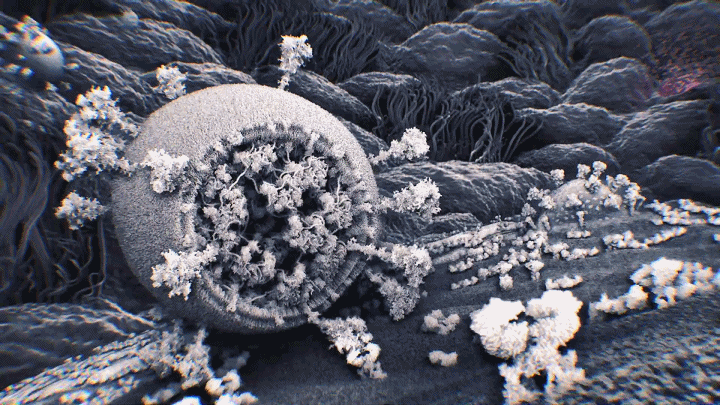Infectious Disease Research
Infectious diseases are disorders that are caused by organisms, such as bacteria, viruses, fungi, and parasites. They have always been the great enemy of human health. The quantitative study on the epidemic law of infectious diseases is a vital foundation for disease prevention and treatment.
Common features of infectious diseases:
- They are caused by the interaction between pathogenic microorganisms and organisms under certain environmental conditions.
- They have characteristic clinical manifestations.
- They are Infectious and epidemic.
- The infected body produces specific antibodies and allergies.
- Reinfection elicits a specific immune response.
The probability of a pandemic is increasing is because those infectious diseases become more and more drug-resistant. So, they can spread rapidly and widely. To overcome this issue, it is very important to determine the structures of the disease-related pathogens and analyze the protein assembly process. Cryogenic electron microscopy (cryo-EM) has been used as a powerful tool in this research field.
 Figure 1. Freezing electron microscopy "depicts" SARS-COV-2 true 3D image (Yao H, et al. 2020)
Figure 1. Freezing electron microscopy "depicts" SARS-COV-2 true 3D image (Yao H, et al. 2020)
Our cryo-EM experts have years of experience in using cryo-EM for different applications. We can not only observe the appearance of the infectious disease-related viruses after inactivation, but also can capture the important intermediate states of the viruses in the host cell infection.
If you are interested in our cryo-EM analysis services for infectious disease research, please feel free to contact us. We are looking forward to cooperating with you.
Ordering Process
Reference
- Yao H, et al. Molecular architecture of the SARS-CoV-2 virus. Cell. 2020. 183(3): 730-738. e13.

